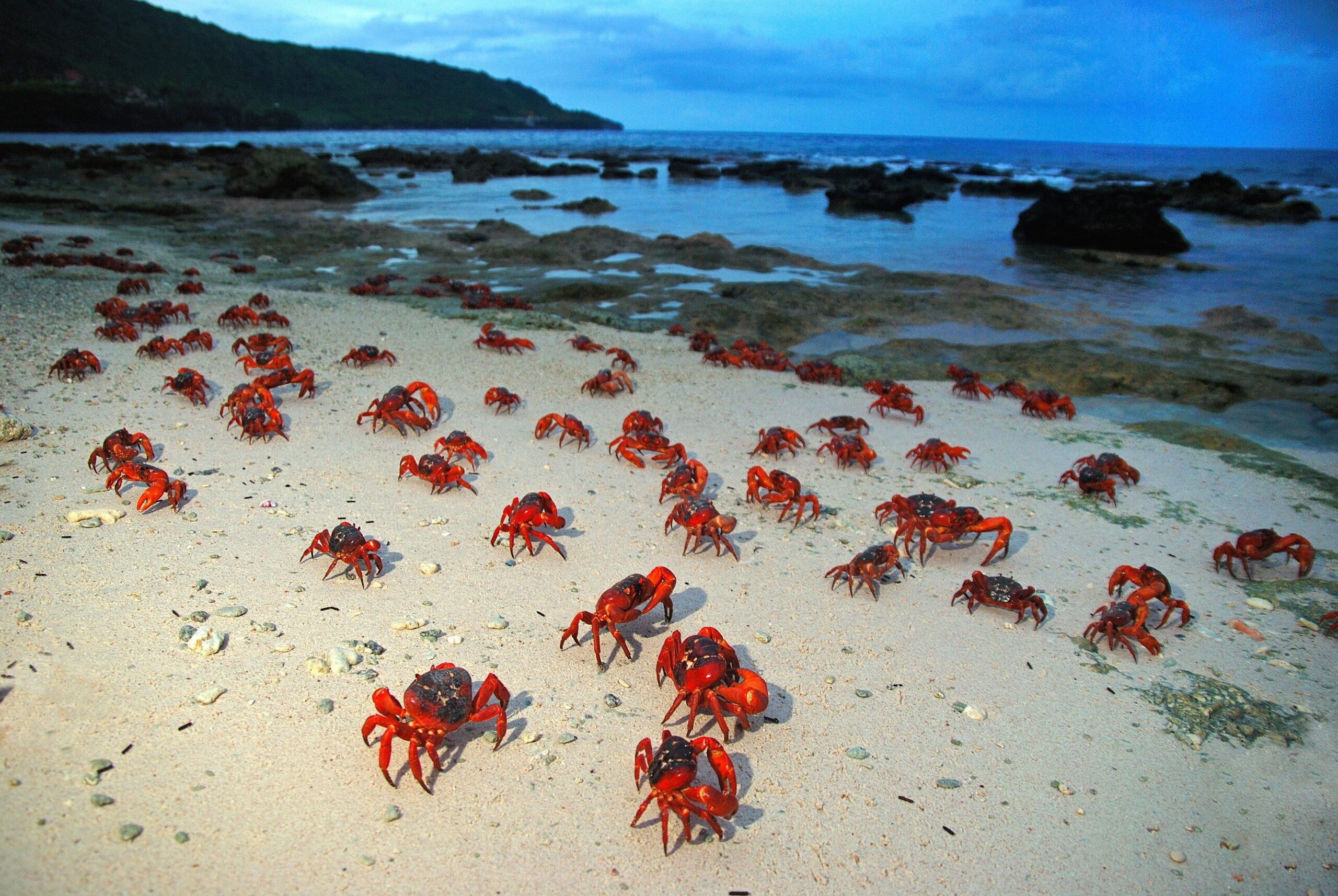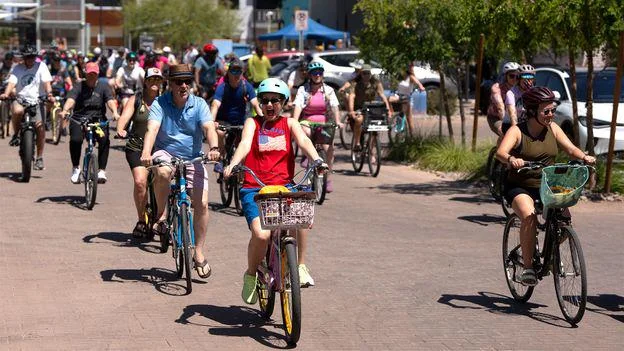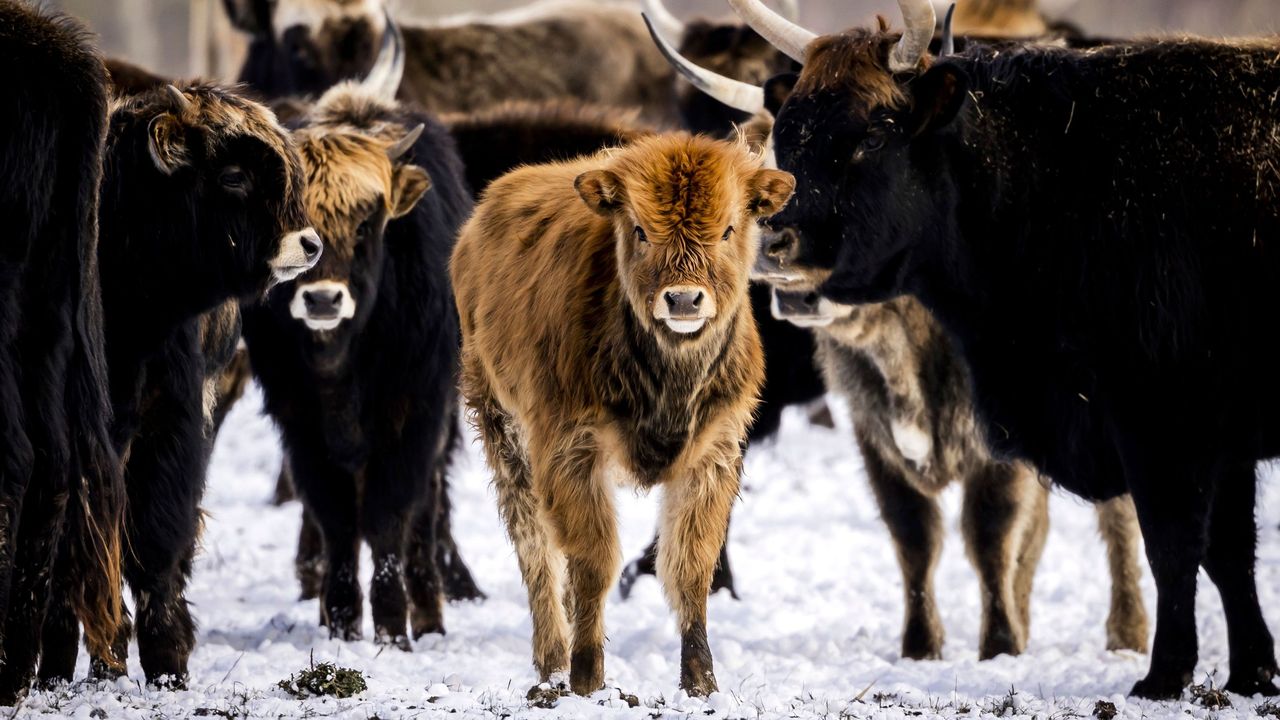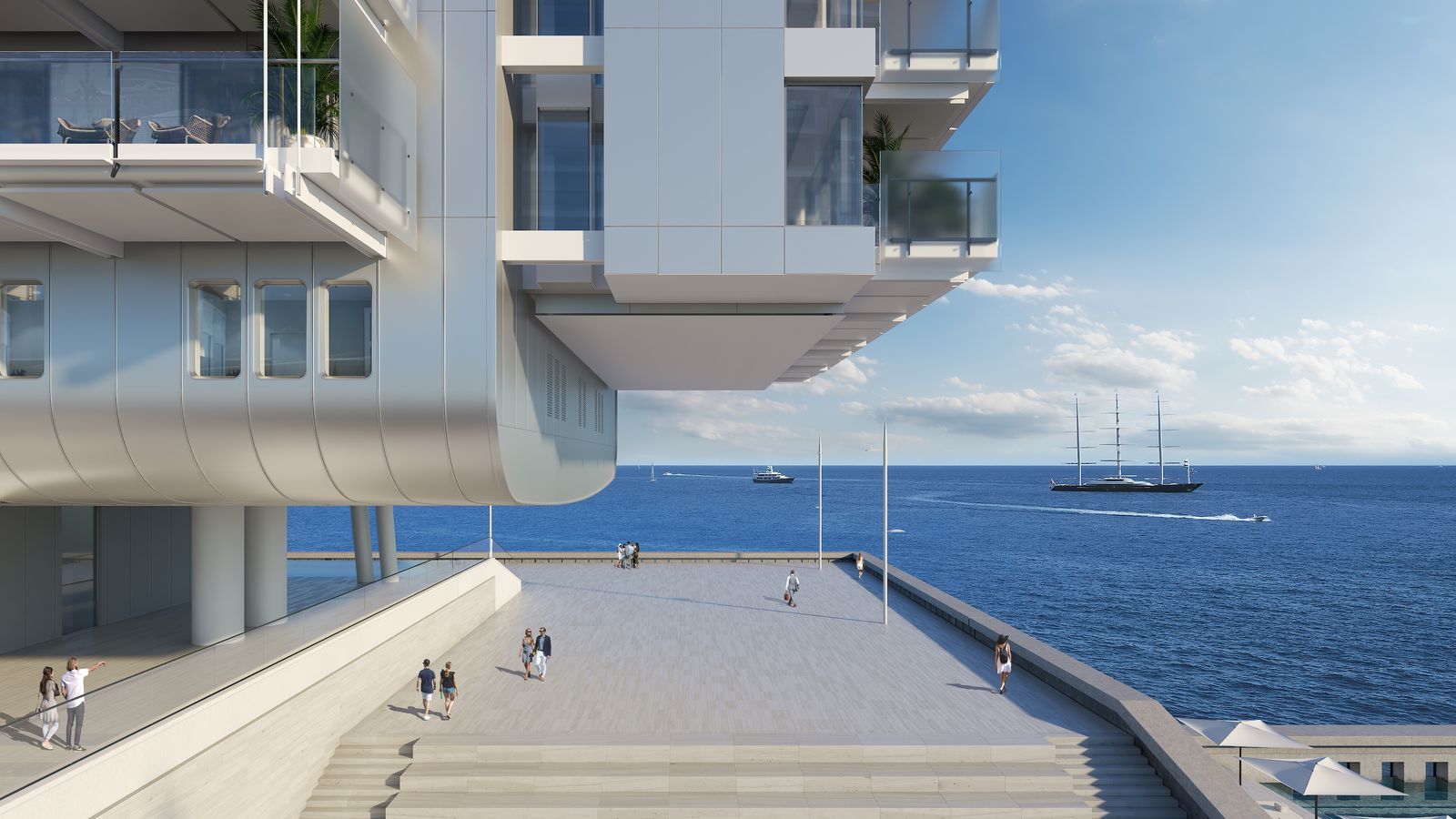Imagine standing on a narrow road in the middle of a lush tropical forest, the air thick with humidity and the faint scent of salt from the nearby ocean. Suddenly, the ground comes alive—a sea of crimson shells scuttling in unison, their tiny legs clicking like rain on a tin roof. This isn’t a scene from a sci-fi movie; it’s the real deal on Christmas Island, where right now, as of October 2025, millions of red crabs are kicking off their epic annual journey. I’ve always been fascinated by nature’s wild rhythms, and hearing stories from friends who’ve visited makes me wish I’d timed my own trip better. But hey, if you’re planning a getaway, this could be your cue to book those tickets.
What is the Red Crab Migration?
The red crab migration on Christmas Island is one of nature’s most jaw-dropping events, where tens of millions of these bright red crustaceans leave their forest homes and head to the sea to breed. Triggered by the first heavy rains of the wet season, it’s a synchronized march that turns the island into a living carpet of red. For 2025, the migration started around mid-October, with experts predicting major spawning events in mid-November and December.
The Unique World of Christmas Island Red Crabs
These aren’t your average beach crabs—the Christmas Island red crab, or Gecarcoidea natalis, is a land-dwelling species that’s evolved to thrive in this remote Australian territory in the Indian Ocean. They’re about the size of a dinner plate, with males leading the pack during the trek. What makes them special? They’re endemic, meaning they’re found nowhere else on Earth, and their population has bounced back to around 100 million thanks to smart conservation.
Why Do They Migrate?
The migration is all about survival and reproduction; the crabs need the ocean to release their eggs, but they live inland to avoid predators and dry out. Females carry up to 100,000 eggs each, timing their arrival with the moon’s phases for the best high tides. It’s like nature’s own calendar app, ensuring the larvae get swept out to sea safely.
How Far Do They Travel?
Distances vary, but some crabs trek up to 9 kilometers over rough terrain, crossing roads, streams, and even backyards. The journey can take days or weeks, depending on weather—dry spells slow them down, while rain spurs them on. Islanders often joke it’s like rush hour traffic, but with shells instead of cars.
A Brief History of the Migration Phenomenon
Christmas Island’s red crab migration has been happening for millennia, but it gained global fame in the 1980s when documentaries spotlighted it. Sir David Attenborough called it one of his greatest filming moments, capturing the sheer scale that leaves viewers in awe. Back in the day, invasive species threatened the crabs, but recent efforts have turned the tide, making 2025 one of the biggest years yet.
Threats from the Past
In the early 2000s, yellow crazy ants invaded and decimated crab numbers by forming supercolonies that sprayed acid. It was a real crisis—populations dropped by millions. But through biological controls like introducing wasps to eat the ants, the crabs have rebounded dramatically.
Modern-Day Boost
Today, with ant populations under control, crab numbers have skyrocketed to estimates of 100-200 million. This resurgence isn’t just good news for the crabs; it boosts the island’s ecosystem, as their burrowing aerates the soil and recycles nutrients.
The Life Cycle of Christmas Island Red Crabs
Red crabs start life as tiny larvae in the ocean, spending about a month floating before washing back ashore as mini-crabs, or megalopae. They then scuttle inland to grow up in the forest, molting their shells as they mature. It’s a tough gig—only a fraction survive predators like birds and robber crabs.
From Egg to Adult
Females release eggs into the sea during spawning, where they hatch into larvae. These drift with currents, feeding on plankton before transforming. By age five, they’re ready to join the migration themselves, closing the circle.
Daily Life in the Forest
Outside migration season, red crabs are solitary burrow-dwellers, foraging for leaves and fruit at night. They’re not aggressive, but watch your step—they can pinch if provoked. Humorously, locals say living with them is like having perpetual house guests who never clean up.
When and How the 2025 Migration is Unfolding
For 2025, the migration kicked off after the first summer rains around October 19, with males leading the way to dig burrows on the coast. Females follow, and spawning is slated for November 15-16, timed with the last quarter moon. A second wave might hit mid-December if conditions align.
Predicting the Peak
Experts from Parks Australia monitor weather and lunar cycles to forecast peaks. This year, heavier rains have accelerated things, leading to road closures and “crab alerts” on local radio. If you’re watching from afar, videos from sources like the BBC show the red tide in real time.
Weather’s Role in the Timing
Rain is the starter pistol—without it, crabs stay put. Moon phases dictate spawning to ensure eggs release at high tide, minimizing stranding. Climate change could shift patterns, but so far, 2025 looks classic.
Challenges the Crabs Face During Migration
The trek isn’t easy; roads pose the biggest hazard, with cars potentially crushing thousands. Invasive ants remain a threat, though controlled, and dehydration in dry spells can wipe out stragglers. Predators like yellow-lipped sea kraits wait at the shore for easy meals.
Human Impacts
Tourism brings awareness but also risks—litter and disturbances. Islanders mitigate this with crab fences and bridges, channeling the flow safely. It’s a community effort; everyone carries rakes to sweep crabs off paths.
Natural Predators
Birds, giant centipedes, and even coconut crabs prey on the migrants. But the sheer numbers overwhelm predators, a classic survival strategy. Emotionally, it’s bittersweet watching the determined march, knowing not all make it.
Conservation Efforts Protecting the Crabs
Parks Australia leads the charge with ant eradication programs that have restored balance. Road management includes temporary closures and underpasses, reducing crab mortality by 90% in key areas. International recognition as a natural wonder helps fund these initiatives.
Community Involvement
Locals volunteer for “crab patrols,” using leaf blowers to guide them. Schools teach kids about the ecosystem, fostering pride. It’s heartwarming—my buddy who visited said helping a crab cross felt like being part of something bigger.
Global Significance
The migration highlights biodiversity hotspots; protecting it aids other species like seabirds. Collaborations with scientists track population health, ensuring future generations witness this marvel.
How to Experience the Red Crab Migration Yourself
If you’re itching to see it, fly into Christmas Island via Perth or Jakarta—Qantas and Virgin Australia run routes. Best time? November for peak spawning. Stay at eco-lodges like The Sunset for ocean views amid the action.
Best Viewing Spots
Head to Flying Fish Cove or Dolly Beach for coastal spectacles. Trails in the national park offer guided walks; book through Indian Ocean Experiences for expert-led tours. Don’t miss the crab bridges—ingenious engineering at work.
Planning Your Trip
Pack rain gear, sturdy shoes, and patience—roads close unpredictably. Tours range from $200-500 AUD for multi-day packages including spawning watches. For budget options, self-drive with a hire car from the visitor center.
Comparing the Red Crab Migration to Other Animal Migrations
Animal migrations captivate us, but the red crab’s stands out for its scale on a tiny island. Here’s a quick comparison:
| Migration Event | Location | Species Involved | Distance Traveled | Unique Feature |
|---|---|---|---|---|
| Red Crab Migration | Christmas Island, Australia | Red Crabs (up to 100 million) | Up to 9 km | Triggered by rain and moon; land to sea breeding |
| Wildebeest Migration | Serengeti, Africa | Wildebeest (1.5 million) | 1,000+ km | River crossings with crocs; follows grass growth |
| Monarch Butterfly Migration | North America to Mexico | Butterflies (millions) | 4,000 km | Multi-generational journey; overwintering clusters |
| Salmon Run | Pacific Northwest | Salmon (thousands) | Hundreds of km upstream | Against currents to spawn; die after |
The crab migration wins for density—imagine 50 crabs per square meter!
Pros and Cons of Visiting During Migration Season
Pros:
- Unforgettable sights: Roads blanketed in red create photo ops galore.
- Eco-adventure: Join conservation activities for hands-on fun.
- Off-peak crowds: Fewer tourists mean intimate experiences.
Cons:
- Road disruptions: Closures can delay plans—flexibility is key.
- Weather woes: Rainy season brings humidity and bugs.
- Limited access: Some beaches close to protect spawning sites.
Overall, the pros outweigh the cons if you’re nature-obsessed like me.
People Also Ask
When is the best time to see the red crab migration on Christmas Island?
The prime window is October to January, peaking in November-December when spawning happens. For 2025, aim for mid-November to catch the action live, but check Parks Australia updates for exact timings.
Why do red crabs migrate to the sea?
They migrate to breed; females need saltwater to release eggs, ensuring larvae develop safely away from land predators. It’s an instinctual drive synced with lunar tides for optimal survival.
How many red crabs live on Christmas Island?
Estimates hover around 100-200 million, a surge from early 2000s lows due to ant control. This makes it one of the densest crab populations globally.
Can you eat Christmas Island red crabs?
Technically yes, but they’re not recommended—high metal content from the island’s phosphate soil makes them unpalatable and potentially unsafe. Plus, they’re protected icons.
What triggers the start of the red crab migration?
The first substantial rainfall of the wet season softens the ground and cues the crabs to move. Dry years delay it, while wet ones speed things up.
Best Tools and Resources for Tracking the Migration
For real-time updates, download the Christmas Island National Park app or follow their website. Binoculars like Nikon Prostaff (around $150) enhance viewing without disturbing. For photography, a GoPro Hero for $300 captures the chaos waterproof-style.
Where to Get Migration Alerts
Subscribe to Parks Australia’s newsletter or check ABC News for island reports. Social media handles like @parksaustralia on X provide video snippets and alerts.
Transactional Tips: Booking Tours
Shop at sites like Australian Wildlife Journeys for 8-day packages starting at $2,000 AUD, including flights. For gear, REI or Amazon stock rain ponchos and crab-safe flashlights.
FAQ
What happens if the weather delays the migration?
If rains are late, crabs wait in burrows, potentially pushing spawning to December or January. Monitors adjust forecasts, so flexible travel plans help.
Are there any dangers for visitors during the migration?
Minimal—crabs aren’t aggressive, but slippery roads from rain increase slip risks. Follow park guidelines to avoid fines or mishaps.
How has climate change affected the red crab migration?
Warmer temperatures and erratic rains could alter timings, stressing crabs. Ongoing studies track this, but so far, populations remain robust.
What’s the economic impact of the migration on Christmas Island?
It boosts tourism revenue by millions annually, supporting local jobs in guiding and hospitality. Events draw eco-tourists worldwide.
Can I volunteer to help with crab conservation?
Yes! Contact Parks Australia for patrol opportunities—it’s rewarding and free, often including training on ant monitoring.
In wrapping up, the red crab migration isn’t just a biological event; it’s a reminder of nature’s resilience and our role in preserving it. Whether you’re watching videos from home or planning a visit, it stirs that sense of wonder we all crave. If you’ve seen it firsthand, share your stories—it’s these connections that keep the magic alive. For more on Australian wonders, check out [internal link to similar article], or dive deeper at Parks Australia. Safe travels!
(Word count: 2,756)




